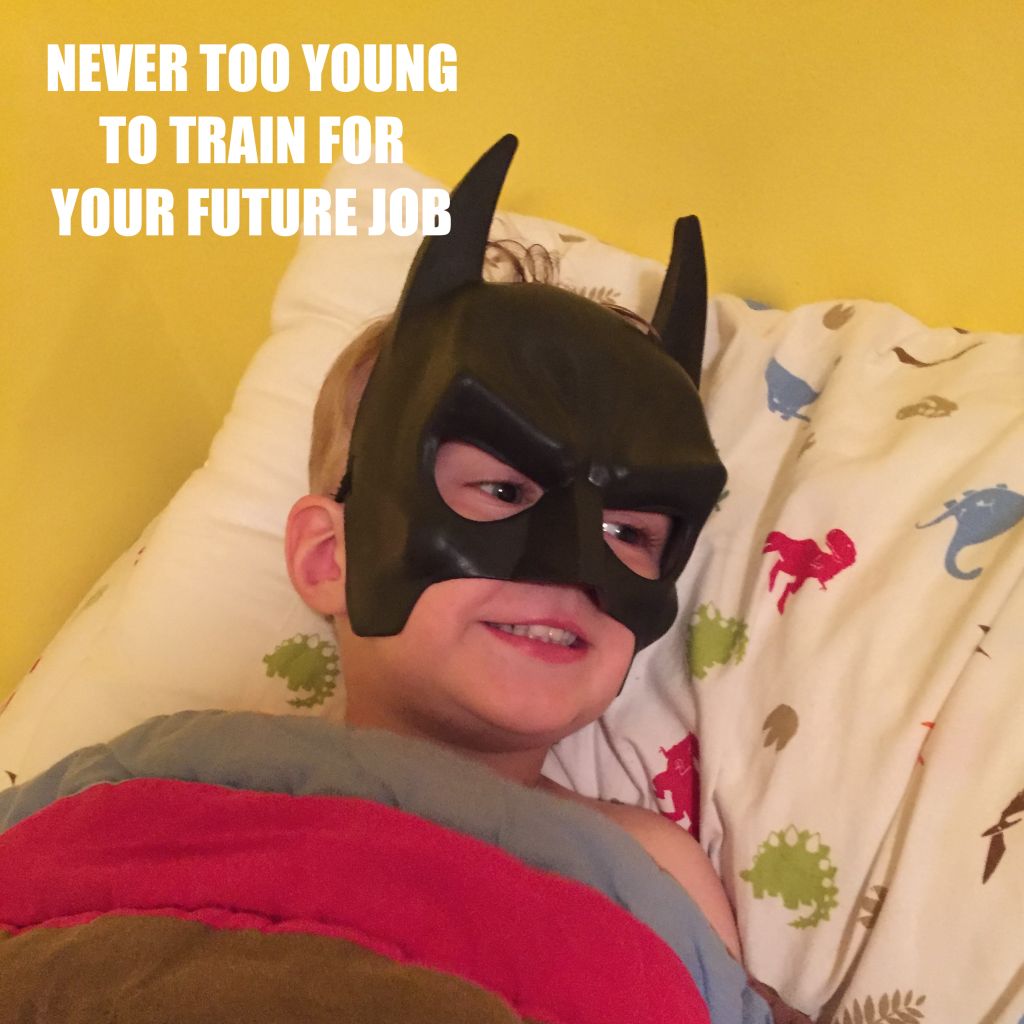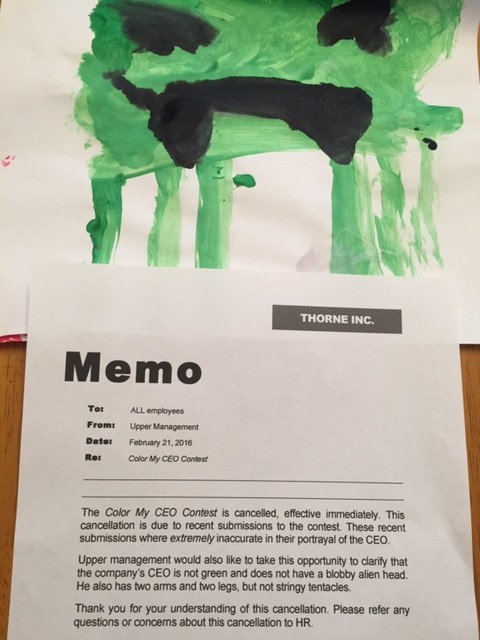Every Family Needs a Vision

Every great company begins with a vision. A vision is an inspiring but simple word picture of a future you hope to create. I love how John Maxwell explained, “Vision is everything for a leader. It paints the target. It sparks and fuels the fire within, and draws him forward…Show me a leader without vision, and I’ll show you someone who isn’t going anywhere” (1999, p. 150). Pastor Bill Hybels said it this way, “Vision is at the very core of leadership. Vision is the fuel that leaders run on…It’s the fire that ignites the passion of followers” (2002, p. 31). Companies spend all kinds of money, time, and resources discovering and applying their vision. It helps set clear coordinates to direct the ship towards some far-off desirable destination. When it comes to leadership, vision matters.
I realize I have some unspoken values that generally drive my parenting style, but no central vision. There are some weeks where my greatest vision of the future is “survival.” I’m especially thinking about the great potty training of 2009, 2013, and 2016. Then there was the ‘I’m scared of the dark’ days, the I’m less than 1 so don’t really sleep at night time period, and of course the I want what I want right now or I’ll have a fit experience (those still happen, and sometimes even by our children).
We know vision matters. So, why do we put so much effort creating and implementing a vision in our work situations, but settle for only a vague sense of survival in our personal lives? Our families deserve more; they need vision. So, how do we create a compelling vision statement for our family? I suggest 4 steps.
1. Discover yourself
The first step in leading others is first discovering yourself. Authors of the Leadership Challenge asked it this way, “Who are you? This is the first question your constituents want you to answer. Finding that answer is where every leadership journey begins” (Kouzes and Posner, 2012, p. 43). The journey to discovering your family’s vision begins with better understanding yourself. John Maxwell explained, “Vision starts within. Do you know your life’s mission? What sirs your heart? What do you dream about?” (1999, p. 152.) What really matters to you? Understanding what you value now will help you determine where you hope to lead your family in the future. (You can read more in these posts: The Most Important Question a Leader Asks, Personality Matters in Leading Your Team, or Personality Matters in Small Group.)
2. Dream about your future
Take a few minutes and dream about your family’s future. Where do you hope to be in 5 years? What do you hope your family will be doing in 10 years? Stephen Covey encouraged people to go a step farther by “beginning with the end in mind.” He wrote, “Begin today with the image, picture, or paradigm of the end of your life as your frame or reference or the criterion by which everything else is examined” (1989, p. 98). I’m sure we all hope our children will turn into wildly successful, rich, talented, good-looking, sports starring, acting, doctors, who save the world in their spare time- with humility. We can’t determine our children’s future for them, but we can focus on the character we will develop in them. That character will help them discover and reach their dreams. If you had a magic wand, what would your family be like in the future? (You can read more: I Dream of Pants.)
To help, answer these questions, finish these sentences:
In 5 years I hope my family….
In 5 years, I hope my spouse will be…..
In 10 years, I hope to use these words to describe my children….
In 10 years I hope my children will describe our family as…
3. Consolidate and create a simple statement
Take your values and dreams and create a concise and simple statement. Really, the shorter the better. Pastor Andy Stanley wrote, “It is better to have a vision statement that is incomplete and memorable than to have one that is complete and forgettable” (2007, p. 21). For help, try using this simple statement:
In 10 years I hope family will be __________________________.
4. Apply
If what you just wrote down really describes what you hope your family will look like in 10 years, then what do you need to do now to make that happen? For example, if I’d like my family to like each other in 10 years, then what are two things our family needs to do right now to encourage closeness? If you’d like your children to attend an Ivy League school, then how could that change how you talk about education now?
When it comes to applying vision to any organization, what you measure gets done and what you celebrate increases. If you hope your children will grow in compassion, then ask them each day how they showed compassion to their classmates. When they have something to share, celebrate it like crazy! At the end of the week talk with your spouse about how you and the children did in showing compassion that week.
For help, you can answer this:
I hope my family will ___________________________ so right now I am ____________________________.
I hope my children will _________________________ so right now I am ____________________________.
My journey
Because every family is different and everyone is on their own journey, I don’t think it would be helpful to share my family’s vision statement. But, I will share this. Vision statements should feel challenging and I definitely feel challenged my my family statement. Although there are a few parts I am taking action on, there are others where I feel like I’m failing miserably. What I love about this process is that it is changing the questions I ask my kids after school and during dinner. I’m trying to ask questions that align with our family vision. If I really want to minimize the amount of counseling my kids need in the future due to daddy issues, then we still have a long way to go. I’m thankful that life is a marathon and not a race. Creating a family vision is helping me determine actions I need to take right now for our family and I hope it will help you too!
References:
Covey, S. (1989). The 7 habits of highly effective people. New York: Fireside.
Hybels, B. (2002). Courageous Leadership. Grand Rapids: Zondervan.
Kouzes, J. & Posner, B. (2012). The leadership challenge. San Francisco: The Leadership Challenge.
Maxwell, J. (1999). The 21 indispensable qualities of a leader. Nashville: Thomas Nelson.
Stanley, A. (2007). Making vision stick. Grand Rapids: Zondervan.
